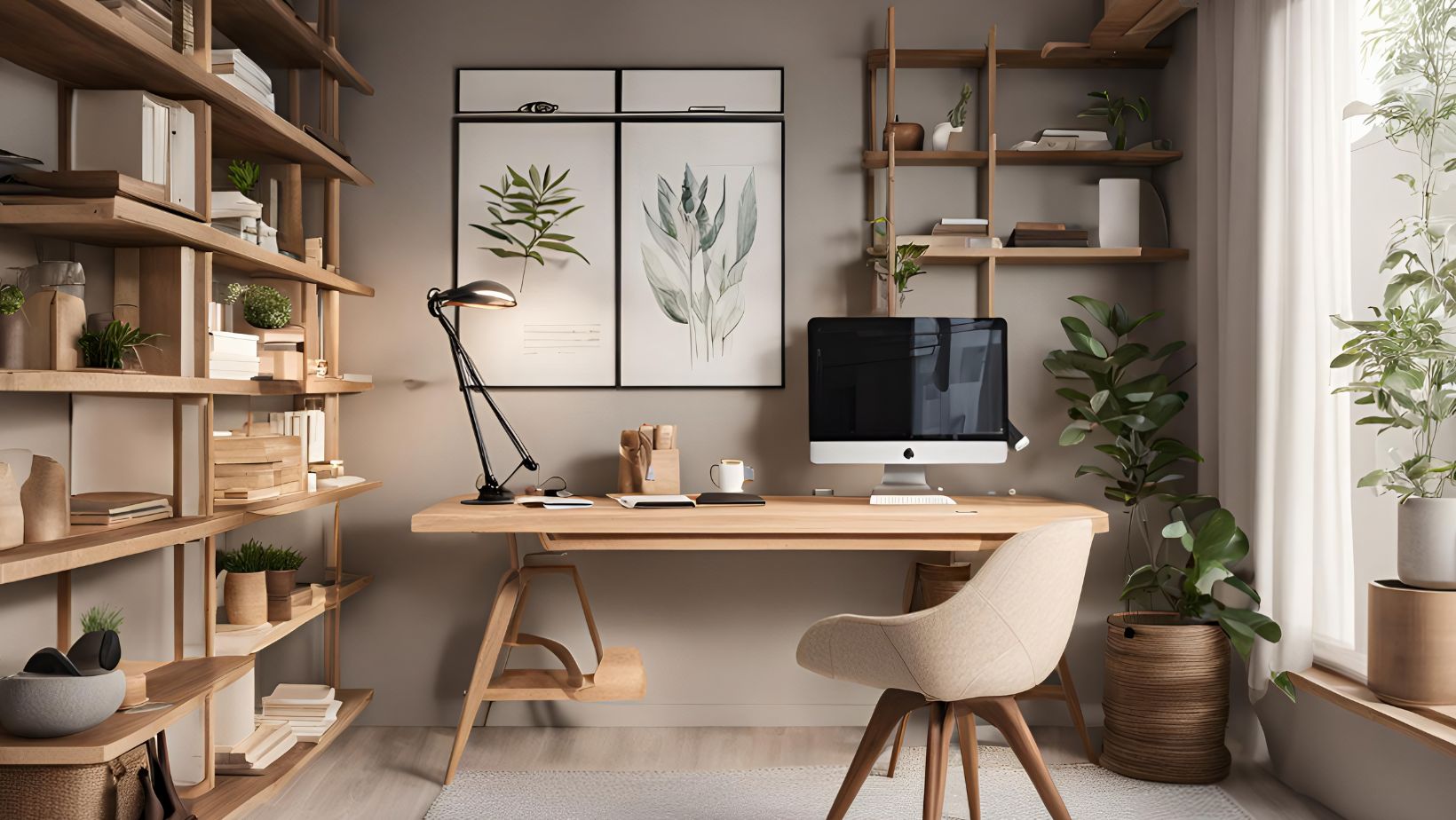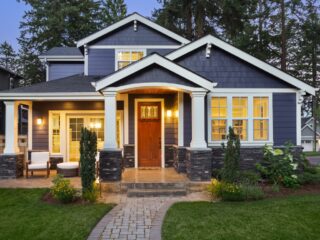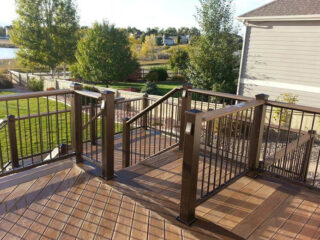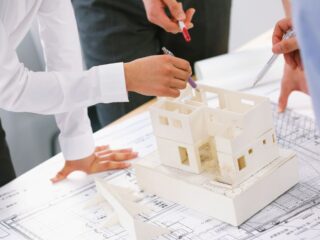
Simplified home design focuses on creating spaces that foster both physical and mental well-being by removing unnecessary distractions. Over the years, design philosophies like minimalism have gained popularity as people seek to optimize their living environments. With busy lifestyles, maintaining a clutter-free, well-organized space is essential for reducing stress and increasing productivity. By prioritizing functional, clean designs, homes can become more than just places to live—they can serve as environments that enhance focus, creativity, and relaxation. Simplified design principles aim to streamline interiors, utilizing open spaces, natural light, and thoughtful organization. This approach not only benefits the home’s aesthetic but also improves the quality of life for its inhabitants, supporting healthier, more efficient living. As more people recognize the value of a clutter-free environment, the demand for simplified home design continues to grow.
Principles of Simplified Design
Simplified home design focuses on creating spaces that promote calm, organization, and functionality. The core principle is to remove excess clutter and distractions while retaining only the essentials that add value to daily life. This approach encourages the use of open, clean spaces and functional furniture, making the home more adaptable and efficient.
Some key principles include:
- Maximizing natural light to enhance mood
- Using neutral colors to create a serene atmosphere
- Incorporating multi-functional furniture to save space
- Minimizing decorative elements to reduce clutter
- Focusing on quality over quantity for furnishings
- Creating open spaces that encourage flow
- Prioritizing organization to maintain tidiness
By applying these principles, homes can feel more spacious, allowing for better focus and less stress. A simplified design removes visual clutter, allowing homeowners to feel relaxed and productive. Whether it’s a minimalist approach to decor or an emphasis on functional, organized layouts, the simplified design transforms a home into a space where individuals can truly thrive, enhancing both their productivity and mental well-being.
Maximizing Space for Focus
Maximizing space in a home is crucial for improving both productivity and well-being. In simplified home design, creating open areas free of clutter helps to foster focus and reduce stress. By strategically organizing belongings and eliminating unnecessary items, individuals can create an environment where they can think clearly and concentrate on important tasks. Using solutions like NSA Storage for Easy Access can help keep essential items organized and easily reachable, ensuring that everything has its place. This level of organization minimizes the time spent searching for items, allowing for smoother transitions between activities. Furthermore, maximizing space can also encourage better flow in the home, allowing family members to interact and move freely without feeling confined. It’s not just about decluttering; it’s about creating a harmonious balance between functionality and aesthetics. The more organized a space is, the more energy it frees up for productive activities. With ample space to move and work, a simplified design enhances focus, allowing individuals to work or relax without the distraction of a crowded environment. As the concept of maximizing space becomes more prevalent, it proves that less truly is more when it comes to fostering productivity and well-being.
Note: The concept of space maximization in design can be traced back to the modernist movement of the early 20th century, which emphasized open, functional spaces free from excessive decoration.
Minimalism and Mental Clarity
Minimalism is more than just an aesthetic; it’s a design philosophy that promotes mental clarity by eliminating clutter and unnecessary distractions. A home that embraces minimalism creates an environment where individuals can focus on what truly matters, whether it’s work, relaxation, or family time. By reducing the number of items in a space and focusing on functional, essential pieces, a minimalist home fosters a sense of peace and calm. This approach helps declutter not just the physical space but also the mind. Without the constant visual noise of unnecessary objects, people can think more clearly and reduce stress.
A minimalist design encourages intentionality, where each item in the home has a purpose, and its presence is meaningful. This simplicity also allows for greater flexibility, as the space can be easily adapted to different activities or needs. By keeping only the essentials and opting for clean, open spaces, individuals can feel more grounded and focused. Minimalism ultimately creates a mental environment that supports productivity, creativity, and well-being, making it easier to stay organized and reduce the mental load that often comes with a cluttered living space.
Natural Light and Comfort
Natural light plays a crucial role in creating a comfortable and productive living environment. It helps brighten spaces, improve mood, and boost overall well-being. A well-lit space can reduce eye strain, promote healthy sleep patterns, and create a more inviting atmosphere. Homes designed to maximize natural light often feature larger windows, open layouts, and strategic placement of mirrors to reflect light into darker corners. This not only enhances the aesthetic of the space but also helps reduce reliance on artificial lighting, saving energy and supporting sustainability.
Some benefits of incorporating natural light into home design include:
- Improved mood and mental health
- Increased energy and productivity levels
- Better sleep quality due to natural circadian rhythm support
- Lower energy bills from reduced need for artificial lighting
Homes that embrace natural light foster a connection to the outdoors, promoting a sense of openness and tranquility. The warmth and brightness from natural light have been linked to improved concentration and creativity, making it especially beneficial in spaces like home offices or study areas. By designing homes with plenty of natural light, individuals can enjoy a healthier and more productive environment, making their living spaces not only more comfortable but also more efficient.
Insight: Natural light is an affordable and simple way to enhance both the look and feel of a home. By letting in more daylight, you improve the ambiance and create a space that supports physical and mental health. It’s one of the easiest ways to make a home feel more inviting, productive, and comfortable.
Decluttering for Efficiency
Decluttering is essential for creating a space that promotes efficiency and mental clarity. A clean, organized home reduces distractions and makes it easier to find what you need, saving time and energy.
By keeping only the items that serve a purpose and reducing unnecessary possessions, you create an environment that fosters focus and relaxation. Decluttering not only improves the functionality of your space but also enhances your overall well-being, making daily tasks more manageable and enjoyable.
Creating a Balanced Home
Simplified home design creates a balanced environment where comfort and productivity coexist. By incorporating clean lines, functional spaces, and minimal clutter, homes become spaces that encourage focus, relaxation, and well-being. This balance helps individuals thrive, both mentally and physically, by reducing stress and supporting healthier lifestyles. With a thoughtful approach to design, homes can become not just places to live but environments that enhance overall life satisfaction and happiness.








